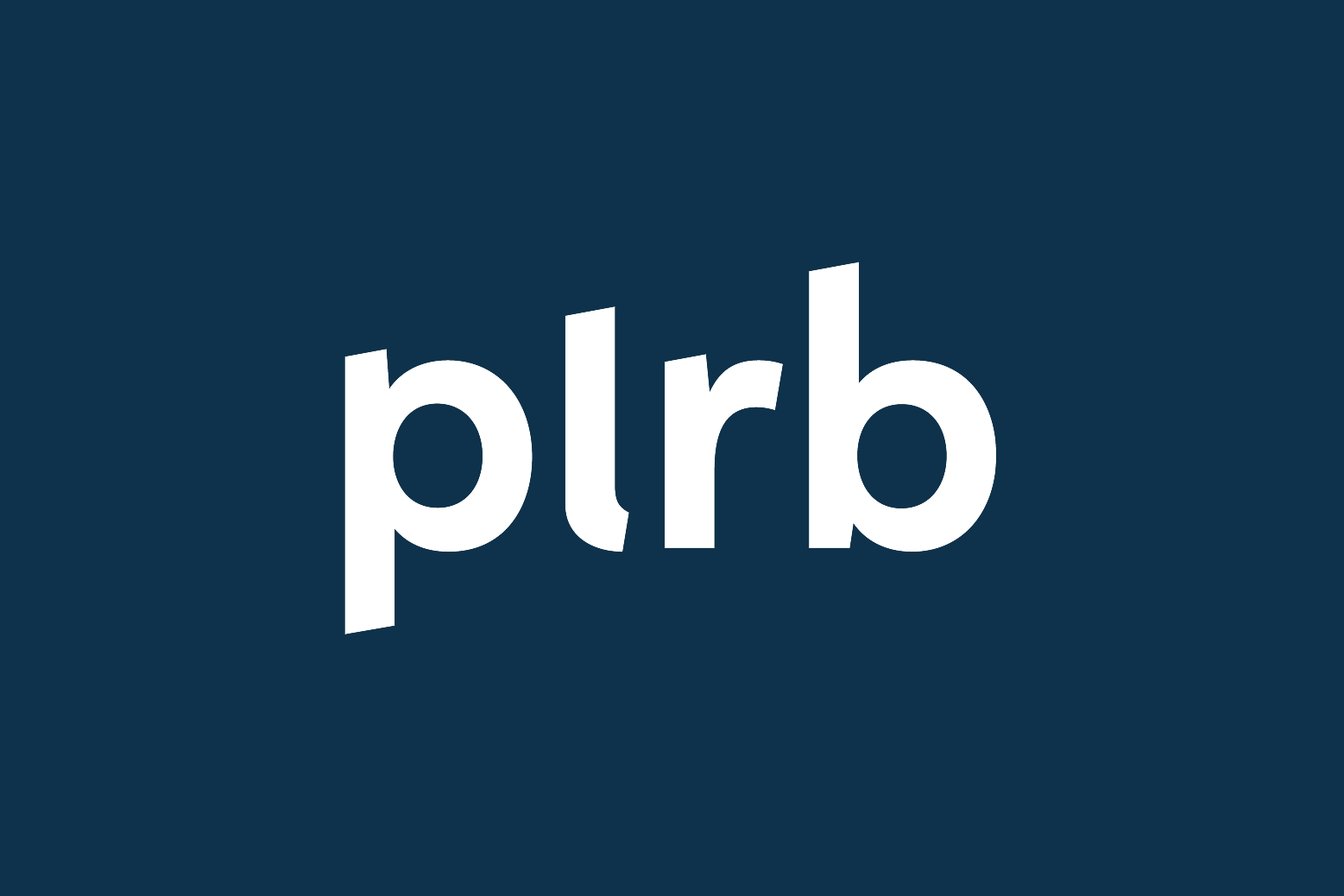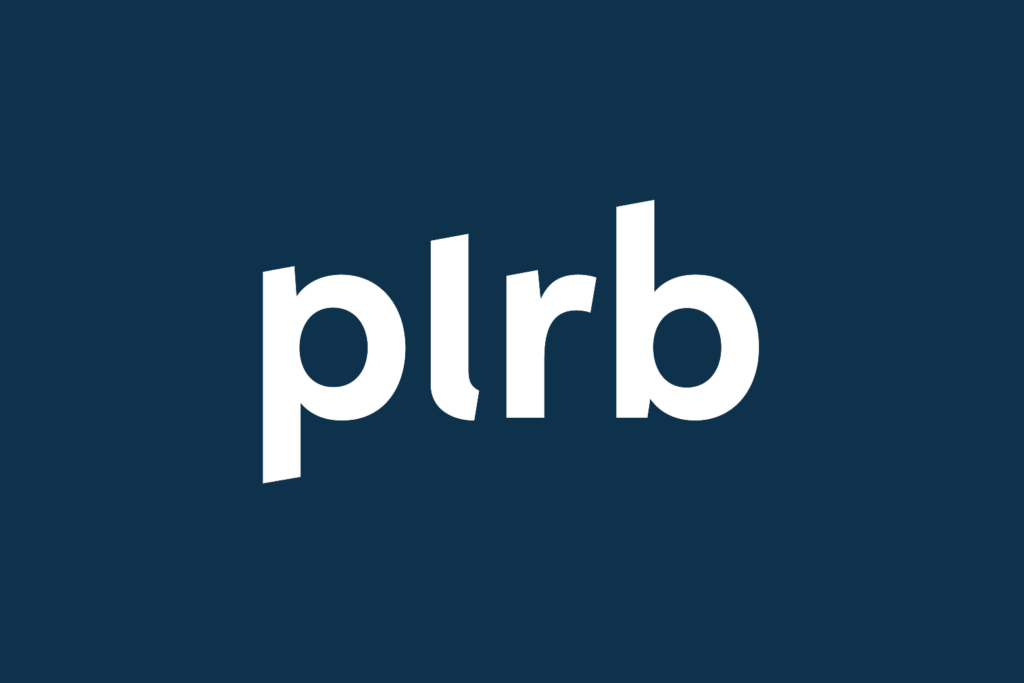Impact of Inflation on Insurance Industry: Economic Pressures and Market Dynamics in the P&C Sector
From inflationary spikes to rising reinsurance costs, the Property and Casualty (P&C) insurance industry is navigating a period of heightened volatility. Layer in shifting consumer expectations and evolving regulatory requirements, and it becomes clear: succeeding in today’s market demands more than traditional strategies. Financial pressures are driving higher premiums, forcing insurers to adapt quickly and rethink their approaches.
At the same time, advanced technologies are becoming essential tools for enhancing efficiency, streamlining operations, and responding to dynamic market conditions. The industry stands at a pivotal moment—how carriers respond now will define their resilience and relevance in the years ahead.
Inflation, Reinsurance, and the Margin Squeeze
In 2024, core inflation continued to drive up the cost of materials, repairs, and labor—pushing claims severity to historic highs. According to Fitch Ratings, U.S. P&C insurers are facing tighter underwriting margins due to:
- Increased auto and home repair costs
- Lingering supply chain disruptions post-pandemic
- Escalating catastrophe exposure and reinsurance premiums
According to Gallagher Research, reinsurance rates alone jumped 25-50% for certain lines in early 2024, particularly for property and catastrophe coverage. These rising costs directly impact insurers’ ability to price policies competitively—especially as capital market volatility further pressures investment income.
Consumers Are Recalibrating Their Expectations
Economic uncertainty has changed how policyholders think about protection. With affordability top of mind, customers are shopping more frequently, scrutinizing their coverage, and seeking flexible, usage-based, or bundled options that better reflect their lifestyle and financial realities.
A recent Deloitte report found that 60% of consumers now expect digital self-service tools, personalized policy recommendations, and transparent communication on rate changes. Insurers that fail to meet these expectations risk increased churn—particularly among younger , more tech-savvy demographics.
Economic Pressures and Market Dynamics
These evolving consumer behaviors are happening against a backdrop of significant economic pressure. High inflation, rising labor and auto repair costs, and elevated reinsurance premiums are driving up insurance expenses, squeezing profit margins for insurers.
At the same time, market dynamics are shifting. New technologies and data sources are disrupting traditional models, while customer expectations for speed, personalization, and transparency continue to rise. To remain competitive, insurers must innovate—developing new products, improving risk assessment, and embracing technologies like artificial intelligence (AI) and machine learning to streamline operations and enhance customer satisfaction.
Innovation as a Competitive Imperative
The industry’s response? Lean into innovation. Forward-thinking carriers are investing in:
- Digital claims platforms to reduce cycle time
- AI-powered underwriting to better assess risk in real-time, including fraud detection mechanisms
- Telematics and UBI products to align premiums with behavior
- Dynamic pricing models that adjust based on market inputs and customer behaviors
Many insurers are focusing on restructuring their organizational frameworks to integrate AI effectively.
Additionally, insurers are exploring parametric insurance and other niche products that can be tailored for emerging risks—from climate change to cyber liability. This shift toward agility and automation isn’t just about efficiency—it’s about survival in a world where economic and customer expectations can shift overnight.
The PLRB Advantage: Insight, Community, and Strategy
PLRB supports members by helping them adapt to these shifting pressures with practical resources and thought leadership, including:
- Access to expert-led educational programming
- Research into cost-containment and claims efficiency strategies
- Peer networking opportunities to exchange best practices
- Tools to interpret regulatory shifts and market signals
Insurers continue to adapt by investing in technology and talent, ensuring they remain competitive in a rapidly changing market.
Longer-term trends, such as the impact of climate change and technological advancements, are also shaping the industry’s future.
Whether navigating an inflationary spike or understanding how macroeconomic trends impact claims outcomes, PLRB Members are better equipped to forecast, pivot, and respond.
Looking Ahead: Resilience Through Reinvention
Economic uncertainty isn’t going away—but that doesn’t mean the outlook is bleak. For insurers willing to evolve, the current environment is an opportunity to rethink everything from product design to customer experience.
Key trends in technological advancements and market demands are driving the need for modernized operating models.
Carriers who listen closely to consumers, invest in adaptable infrastructure, and remain informed through industry partners like PLRB will not only survive uncertainty but thrive on it.
Next: Sustainability and ESG Are Here to Stay
ESG isn’t just a buzzword—it’s reshaping how insurers operate. In our next blog, we’ll dive into how P&C insurers are embracing sustainability and what it means for the future of the industry.


